Best LED Lights For Hydroponics
I get commissions for purchases made through links in this post. View our Affiliate Disclaimer.
In the ever-evolving world of indoor gardening, hydroponics has emerged as a game-changer, allowing us to grow plants in nutrient-rich water, sans soil. However, one crucial element that these water-grown plants still require is light – and not just any light, but the right kind of light. This is where LED lights come into play, offering a spectrum of benefits for hydroponic gardening.
LED lights make a significant difference to the health and yield of plants grown in indoor hydroponic systems. The best LED lights must provide a full spectrum light, with adjustable settings for different plant growth stages. LED lights generate less heat, making them ideal as grow lights.
In this article, we explore the world of LED lights for hydroponics. We’ll explore why they are the preferred choice for many indoor gardeners, what factors to consider when choosing the right LED lights, and of course, our top picks for the best LED lights in the market today. Whether you’re a seasoned hydroponic gardener or just starting out, this guide will illuminate your path to achieving superior plant growth. Let’s dive in!
Choosing LED Grow Lights For Hydroponics
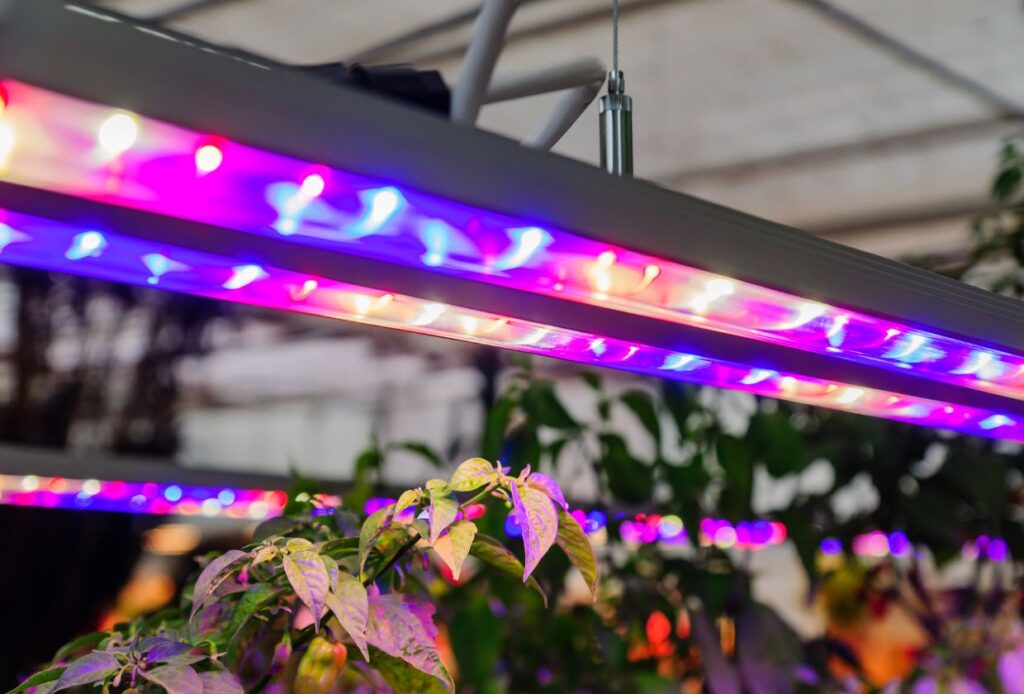
LED lights have revolutionized the way we approach indoor gardening, particularly in hydroponics. They offer an energy-efficient, long-lasting, and environmentally friendly alternative to traditional lighting systems. More importantly, they can be tailored to provide the exact light spectrum that plants need for photosynthesis, promoting faster growth and higher yields.
LED lights offer a more energy-efficient and effective solution compared to traditional lighting methods for growing plants indoors.
We will explore the role of LED lights in hydroponics, discuss the factors to consider when choosing the best LED lights and highlight some of the top LED lights available in the market today.
LED lights are crucial in providing the necessary light spectrum for optimal plant growth in hydroponics. Unlike traditional lights, LED lights emit specific wavelengths easily absorbed by plants, promoting photosynthesis and ensuring healthy and vigorous growth.
This targeted light spectrum not only saves energy but also allows growers to customize the lighting conditions to suit different plant species and growth stages.
Choosing the best LED lights for hydroponics can be challenging, considering the wide range of available options. Factors such as light intensity, color spectrum, efficiency, and durability should be carefully considered to ensure maximum productivity and longevity of your hydroponic system.
Whether you are new to indoor hydroponics or an experienced grower, having the right LED lights will make a significant difference in the success of your hydroponic garden.
Role Of LED Lights In Hydroponics
Looking to maximize your hydroponic growth? LED lights are the game-changer you need! When it comes to hydroponics, LED lights have proven to be the most efficient and effective lighting solution. The advantages of LED lights in hydroponics are numerous, but one of the key benefits is their impact on plant growth. LED lights emit specific wavelengths of light that are essential for photosynthesis, promoting healthier and faster growth in plants.
LED lights have a significant advantage over traditional lighting sources such as fluorescent or incandescent lights. They produce a higher intensity of light while consuming less energy, making them more cost-effective in the long run.
Additionally, LED lights can be customized to emit specific wavelengths, allowing growers to tailor the lighting to the specific needs of their plants. This targeted approach ensures that plants receive the optimal light spectrum for their growth, resulting in higher yields and healthier crops.
The impact of LED lights on plant growth cannot be overstated. The specific wavelengths emitted by LED lights closely mimic the natural sunlight spectrum, promoting photosynthesis and enabling plants to thrive.
LED lights also produce less heat compared to traditional lighting sources, reducing the risk of heat stress on plants. This allows growers to place the lights closer to the plants without causing damage, maximizing the light intensity received by the plants.
In addition to promoting growth, LED lights can also be used to manipulate the growth cycle of plants by adjusting the light spectrum and duration, allowing growers to optimize their harvest and achieve year-round production.
With their numerous advantages and significant impact on plant growth, LED lights are undoubtedly the best choice for hydroponic systems.
Factors To Consider When Choosing LED Lights
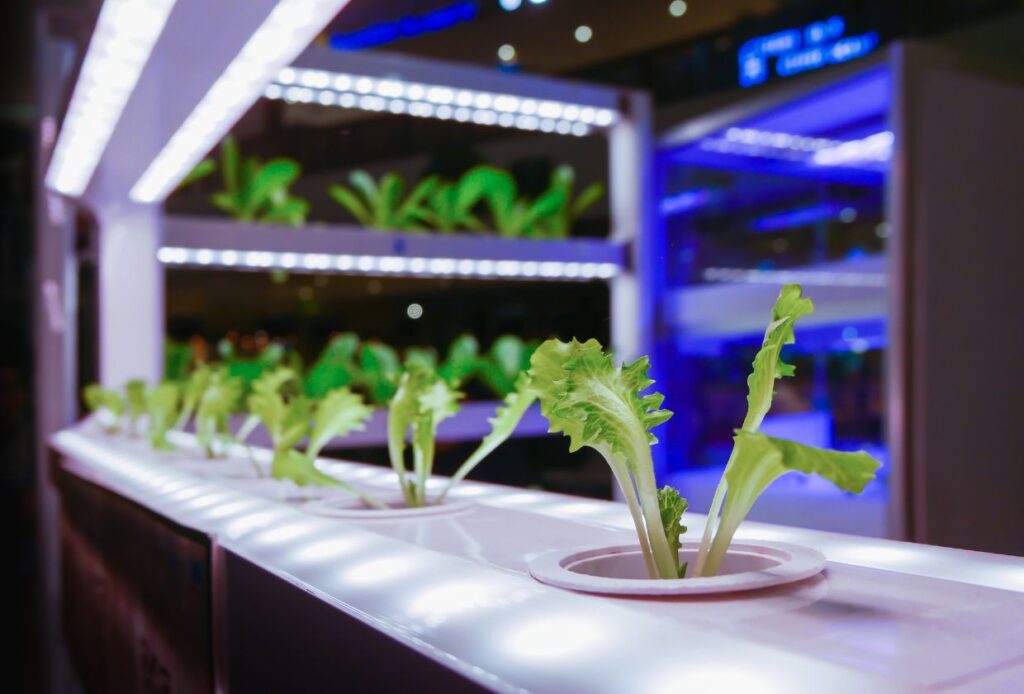
When considering which LED lights to choose for your hydroponic setup, it’s important to take into account various factors. Two key factors to consider are the LED light spectrum and energy efficiency. The LED light spectrum refers to the range of wavelengths emitted by the lights.
Different plants have different lighting needs, and the spectrum of light can greatly affect their growth and development. It’s important to choose LED lights that provide the right spectrum for the specific plants you are growing. For example, blue light is beneficial for promoting vegetative growth, while red light is essential for flowering and fruiting stages. Some LED lights also offer a full spectrum of light, which can be beneficial for overall plant growth.
Energy efficiency is another crucial factor to consider when choosing LED lights for hydroponics. LED lights are known for their energy efficiency, as they convert a higher percentage of electrical energy into light energy compared to other types of lighting.
This means that LED lights consume less electricity and produce less heat, which is beneficial for both your plants and your energy bills. When looking at LED lights, check their wattage and lumens output to determine their energy efficiency.
Higher wattage and lumens output generally indicate brighter lights, but it’s important to strike a balance between brightness and energy consumption. Additionally, look for LED lights that have a high PAR (Photosynthetically Active Radiation) value, as this indicates that they emit the wavelengths of light that are most beneficial for plant growth.
| Factors to Consider | LED Light Spectrum | Energy Efficiency |
| Importance | High | High |
| Impact on Plants | Affects growth and development | Enhances photosynthesis |
| Considerations | Choose lights with appropriate spectrum for specific plants | Look for high PAR value and energy-efficient lights |
| Benefits | Promotes optimal growth and yields | Reduces energy consumption and costs |
Considering these factors will help you choose the best LED lights for your hydroponic setup. By providing the right spectrum of light and being energy-efficient, LED lights can greatly enhance the growth and development of your plants while minimizing energy consumption.
3 Best LED Lights For Hydroponics
One must consider the top LED lighting options available to maximize plant growth and optimize energy usage in hydroponic systems. The best LED lights for hydroponics are those that offer a high level of efficiency and provide the right spectrum of light for optimal plant growth.
Honorsen 1000W LED Grow Light

The HONORSEN 1000W LED Grow Light is a high-performance, energy-efficient solution for indoor gardening enthusiasts. This grow light features 368 LEDs that provide a larger irradiation area, ensuring more light output and better light penetration. With a high energy efficiency of 2.6 umol/J, it consumes only 100W of power, making it an economical choice for long-term use.
The product is designed with a dimmable and timing function, allowing you to adjust the intensity of light from 0% to 100% according to the needs of your plants. It also includes a timer that can be set to 4, 8, 12, or 16 hours, and it has a memory function that allows it to turn on and off automatically every day without manual operation. This feature, combined with the remote control design, makes it especially beneficial for large-scale indoor planting and commercial planting.
The HONORSEN 1000W LED Grow Light offers an optimal full spectrum of light, containing 3000K, 5000K, 3535-660nm, 660nm, and 730nm wavelengths. This spectrum is ideal for indoor plants, from the vegetative stage to flowering. The uniform canopy penetration of the light maximizes higher yields and crop quality, making it a superior choice over traditional HPS grow systems.
Despite its powerful performance, this grow light operates without noise and produces low heat. It uses large areas of aluminum heat sink to speed up heat dissipation, ensuring a low ambient heat that won’t burn or damage your plants.
The product dimensions are 15.4″L x 9.4″W x 2.1″H, and it is made of durable aluminum material. It is priced at $89.99 and comes with a 3-year warranty plus a 30-day satisfaction or return guarantee. The HONORSEN 1000W LED Grow Light is a reliable, high-quality choice for indoor gardeners seeking to optimize their plant growth and yield.
2023 Newest Spider Farmer SF1000 LED Grow Light
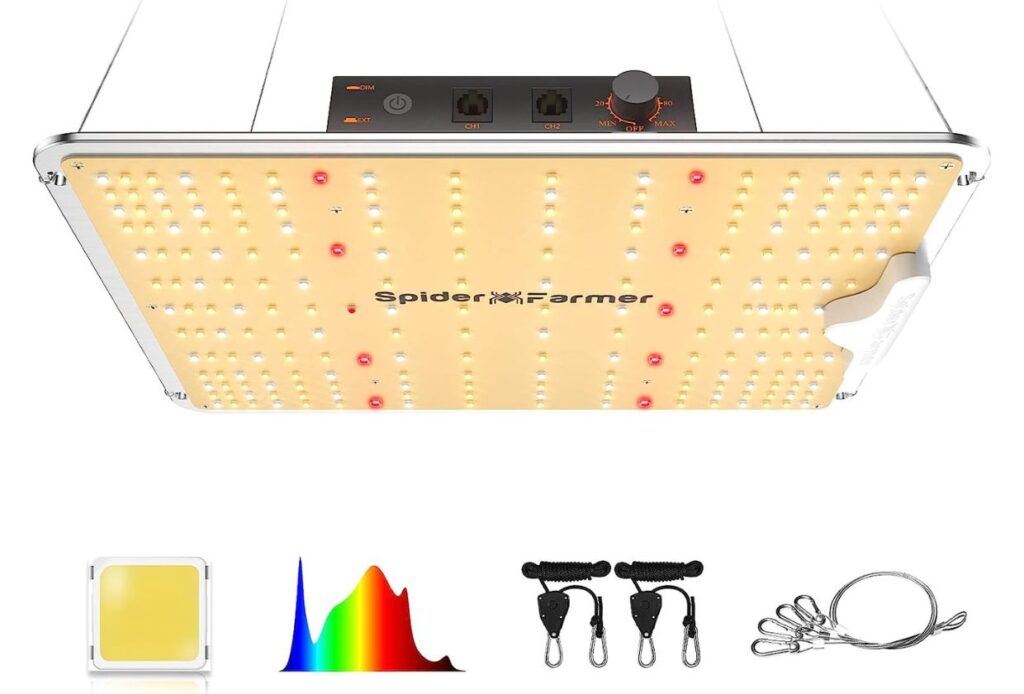
The “2023 Newest Spider Farmer SF1000 LED Grow Light” is a cutting-edge product that offers a multitude of benefits for indoor plant cultivation. This LED grow light uses the latest high-performance LED technology – Samsung LM301B diodes, which provide a high energy efficiency of 2.9 umol/J.
This results in a powerful light output and uniform canopy penetration, maximizing yield. Despite its high performance, it only consumes 100W, making it 50% more energy-efficient than HPS or other SMD LEDs or Blurple lamps.
One of the standout features of this product is its custom dimming design. The updated SF series grow lights have a dimming knob and light switch, allowing for easy adjustment of light intensity. This feature is particularly beneficial for large indoor growing areas and commercial planting.
The SF1000 LED Grow Light is suitable for all stages of growth, offering an excellent full spectrum – white, blue, red, and IR (3000K, 5000K, 660nm, and IR 760nm). The 3000K diodes provide more reddish light, and the 5000K diodes provide more bluish light. The red and infrared light at 660nm is especially useful during flowering, where it speeds up blooming time and increases yield.
The product is well-made with a solid construction. It has no fan noise, and it uses a highly efficient and reliable MEAN WELL driver. The aluminum heat sink is thick and sturdy, and the cable protective covers are robust. The quality components ensure the light’s longevity, saving you money in the long run.
Here are the product specs in a table format:
| Specification | Detail |
| Size | 3ft x3ft or 0.9m x 0.9m |
| Color | SF1000 |
| Shape | Square |
| Material | Aluminum |
| Finish Type | Polished |
| Light Source Type | LED |
| Weight | 1.26kg or 2.7lb |
In conclusion, the 2023 Newest Spider Farmer SF1000 LED Grow Light is a high-quality, energy-efficient solution for indoor plant cultivation. Its custom dimming design, full-spectrum light, and solid construction make it a valuable investment for any grower.
In the hydroponics industry, the use of the best LED lights is crucial for achieving maximum plant growth and energy efficiency.
KingLED 2023 Newest 2000w LED Grow Light

The KingLED 2023 Newest 2000w LED Grow Light is a high-quality, cost-effective solution for indoor gardening enthusiasts. This grow light uses the latest LM301B LEDs to provide high PAR output and energy efficiency, offering 2.8 umol/J while improving light penetration. It’s perfect for a 3x3ft vegetative coverage and 3x3ft flowering coverage.
The full spectrum lighting mimics natural light, providing the necessary spectrum for plants at different growth stages, from seedling to flowering. This greatly increases your harvest potential. The grow light also features Veg and Bloom modes to cater to the specific needs of your plants at each stage of their life cycle.
One of the standout features of this grow light is its energy efficiency. It uses high-tech SMD LEDs and reflector technology, providing brighter light while consuming only 200W. This is a significant improvement over traditional 1000W HPS/MH lights, saving you a considerable amount of electricity and money.
The KingLED 2000w LED Grow Light is also designed for durability. It features multiple high-speed mute fans and upgraded aluminum radiators, allowing the light bulb to work at 50°F to 60°F. This is lower than other lamps, reducing the risk of burning your plants and promoting plant growth. The light has a super long use time, reducing the frequency of changing lights.
KingLED offers professional service, including 3 years of professional service and free return for 90 days. This shows the company’s confidence in its product and its commitment to customer satisfaction.
Product Specifications:
- Color: Multicolor
- Material: Aluminum
- Product Dimensions: 15.35″L x 10.98″W x 1.61″H
- Power Source: Corded Electric
- Light Source Type: LED
- Finish Type: Painted
- Shade Material: Aluminum
- Number of Light Sources: 200
- Voltage: 110 Volts
- Shape: Rectangular
- Wattage: 2000 watts
- Country of Origin: USA
- Warranty Description: 180 days of free maintenance, 30-day free replacement, 3 years warranty.
The KingLED 2023 Newest 2000w LED Grow Light is a top-tier choice for indoor gardeners. Its energy efficiency, full spectrum lighting, and durable design make it a reliable and cost-effective solution for growing plants indoors.
LED Grow Light Installation And Maintenance Tips

When it comes to installing and maintaining LED lights for hydroponics, there are a few key points to keep in mind. Proper placement and hanging height are crucial for maximizing light distribution and ensuring optimal growth.
Regular cleaning and maintenance are essential for preventing dust and dirt buildup, which can block the light and reduce efficiency.
Lastly, following manufacturer guidelines and recommendations will help prolong the lifespan of the lights and ensure they continue to provide the best performance for your hydroponic system.
Proper Placement And Hanging Height
For optimal growth and vibrant yields, finding the perfect placement and hanging height of your LED lights is crucial.
Proper hanging height considerations are essential to ensure that your plants receive the right amount of light without causing any damage or stunted growth. Here are some key points to keep in mind when determining the hanging height of your LED lights.
- Distance from the canopy: It is important to maintain a proper distance between the LED lights and the top of your plants’ canopy. Too close, and the intense light can lead to light burn and bleaching of the leaves. Too far, and the plants may stretch and become leggy due to inadequate light intensity. A general rule of thumb is to hang the lights at a distance of around 12-18 inches from the canopy, but this can vary depending on the specific LED light model and the needs of your plants.
- Light distribution: Uniform light distribution is key to ensuring that all parts of your plants receive adequate light for photosynthesis. When hanging your LED lights, make sure they are evenly spaced and positioned to provide equal coverage across your entire growing area. This will help prevent any shaded spots and promote balanced growth throughout your hydroponic system.
- Adjusting as plants grow: As your plants grow taller, it is important to adjust the hanging height of your LED lights accordingly. This will ensure that the light is distributed evenly across the entire canopy, allowing for optimal photosynthesis and growth. Regularly monitor the height and adjust the lights as needed to maintain the ideal distance and light distribution for your plants.
By following these hanging height considerations and ensuring proper light distribution, you can provide your plants with the ideal lighting conditions for healthy growth and vibrant yields in your hydroponic system.
LED Grow Light Cleaning And Maintenance Guidelines
Now that we understand the importance of proper placement and hanging height for our hydroponic LED lights, let’s delve into the essential aspect of cleaning and maintenance guidelines.
Keeping our LED lights clean is crucial for optimal performance and longevity. Accumulated dust and debris can hinder the light’s output, reducing its efficiency and potentially causing damage. To ensure our LED lights continue to provide the best results, we need to follow specific cleaning techniques.
Regular cleaning of the LED lights is recommended to prevent the buildup of dirt and grime. Start by turning off the lights and disconnecting them from the power source to ensure safety.
Gently remove any loose debris or dust using a soft, lint-free cloth. Avoid using harsh chemicals or abrasive materials that may scratch the surface. For more stubborn dirt, you can dampen the cloth with a mild, non-abrasive cleaning solution or isopropyl alcohol.
Be sure to wring out the cloth thoroughly to avoid any liquid dripping onto the light fixtures. Carefully wipe the surface of the LED lights, paying attention to any crevices or hard-to-reach areas. Once the lights are clean, allow them to dry completely before reconnecting to the power source.
In addition to regular cleaning, it is essential to troubleshoot common issues that may arise with LED lights in hydroponics. One common problem is a decrease in light intensity over time.
This can be caused by a variety of factors, such as aging LED chips or a buildup of dirt on the lenses. Regularly inspect the lights for any signs of decreased brightness and clean them as needed.
Another common issue is flickering or intermittent lighting. This may be indicative of a loose connection or a faulty driver. Check all connections and ensure they are secure. If the issue persists, it may be necessary to replace the driver or seek professional assistance.
By following proper cleaning techniques and troubleshooting common issues, we can maintain the best performance from our LED lights in hydroponics.
Problems With LED Grow Lights For Hydroponics
We have found LED lights to be remarkably effective in our hydroponic setup. LED light efficiency has proven to be a game-changer in our quest for optimal plant growth.
Compared to traditional lighting options, LED lights consume significantly less energy while still providing the necessary light spectrum for photosynthesis. This reduces our electricity costs and helps create a more sustainable and environmentally-friendly operation.
In our experience with LED lights, we encountered a few common issues that required troubleshooting. One of the most common problems we faced was inadequate light distribution.
LED lights emit a focused beam of light, which can result in uneven coverage across the plants. To overcome this, we strategically positioned the lights at different angles and heights, ensuring that every plant receives equal light.
Additionally, we found that adjusting the distance between the plants and the LED lights can also help optimize light distribution. By keeping the lights at an optimal distance, we were able to avoid issues such as light burn or stunted growth.
Overall, our journey with LED lights in hydroponics has been rewarding. The efficiency and effectiveness of these lights have improved our plant growth and allowed us to reduce our energy consumption and contribute to a more sustainable future.
Troubleshooting common issues, such as light distribution, has been crucial in maximizing the benefits of LED lights in our hydroponic system.
LED Hydroponic Lights Improve Plant Growth And Yield
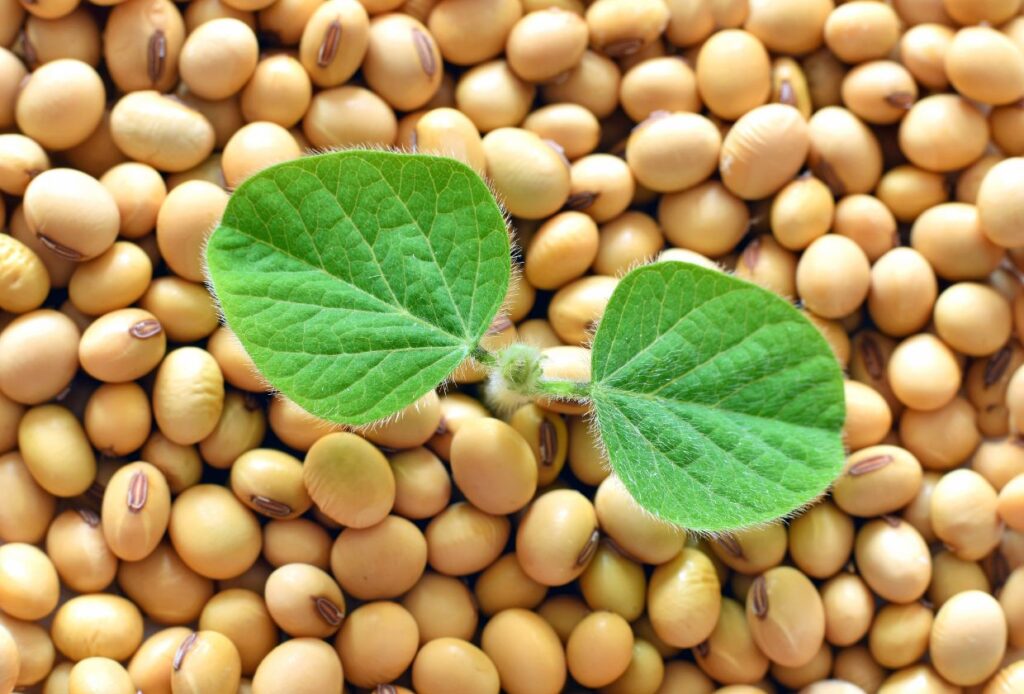
As you compare the growth and yield of your plants before and after utilizing LED lighting in your hydroponic system, you’ll notice a remarkable difference in their overall health and productivity.
LED lights have revolutionized the field of hydroponics by providing a more efficient and effective way to support plant growth. When conducting a plant growth analysis, it’s important to consider factors such as lighting efficiency and the impact on yield.
One of the key advantages of LED lights in hydroponics is their lighting efficiency. LED lights are known for producing specific wavelengths of light that are optimal for plant growth. Unlike traditional lighting sources, such as fluorescent or incandescent bulbs, LED lights can be tailored to emit the exact spectrum of light that plants require for photosynthesis.
This targeted approach ensures that plants receive the right amount and type of light, resulting in improved growth and yield. LED lights also have a longer lifespan compared to other lighting options, reducing the need for frequent replacements and further enhancing their efficiency.
When assessing plant growth and yield, it’s important to consider the before and after comparisons. Before utilizing LED lights, plants may exhibit slower growth, smaller yields, and overall weaker health. However, after implementing LED lighting in your hydroponic system, you will observe a significant improvement in these areas.
Under LED lights, plants grow faster, have larger and healthier leaves, and produce a higher yield. This is due to the optimized light spectrum provided by LED lights, which allows plants to maximize their photosynthetic potential. By providing the ideal lighting conditions, LED lights promote robust growth and enhance the overall productivity of your hydroponic system.
LED Lights For Hydroponics FAQ
We have included some answers to the most commonly asked questions regarding using LED grow lights for hydroponics to help those new to this concept.
1. Are LED lights the only option for hydroponic lighting, or are there other types of lights that can be used?
LED lights are not the only option for hydroponic lighting. Alternative lighting options include fluorescent, HID, and CMH lights. LED lights have advantages such as energy efficiency and longer lifespan, but can be more expensive.
2. How long do LED lights typically last before they need to be replaced?
To maximize the lifespan of LED lights in hydroponics, there are several factors to consider. These include selecting lights with a high-quality driver, providing proper ventilation, and avoiding excessive heat and humidity.
3. Can LED lights be used for all stages of plant growth in a hydroponic system, including seedling and flowering stages?
LED lights are suitable for all stages of plant growth in a hydroponic system. Pros include energy efficiency and customizable light spectrums. Cons include higher upfront costs and the need for specific light intensity and duration adjustments. To choose the right LED lights, consider the light spectrum, intensity, and coverage area requirements for each stage of plant growth.
4. Are there any specific safety precautions or guidelines to follow when installing LED lights in a hydroponic setup?
When installing LED lights for hydroponics, it is crucial to follow safety precautions and recommended guidelines. This ensures a safe setup and optimal performance. Let’s explore some essential steps and precautions to take during the installation process.
5. Can LED lights be used in conjunction with natural sunlight, or do they need to be the sole source of light for the plants?
LED lights can be used in conjunction with natural sunlight for hydroponic plants. The benefits of using LED lights include energy efficiency, longer lifespan, and specific light spectrums for plant growth. To optimize their use, balance the natural sunlight and LED light intensity and duration based on plant needs.
Conclusion
LED lights play a crucial role in hydroponics by providing the necessary light energy for plant growth. When choosing LED lights for your hydroponic system, it’s important to consider factors such as the light spectrum, wattage, and coverage area. By selecting the right LED lights, you can ensure optimal growth and yield for your hydroponic plants.
When installing LED lights in your hydroponic setup, make sure to position them at the optimal height and angle to achieve uniform light distribution. Regularly clean the lights to prevent dust buildup, which can reduce their efficiency. It’s also important to periodically check the lights for any signs of damage or malfunction.
So, don’t hesitate to invest in the best LED lights for your hydroponics and watch your plants thrive like never before.
Get more posts like this
Subscribe to our mailing list and get interesting homesteading and green living info and updates to your email inbox.
Thank you for subscribing.
Something went wrong.

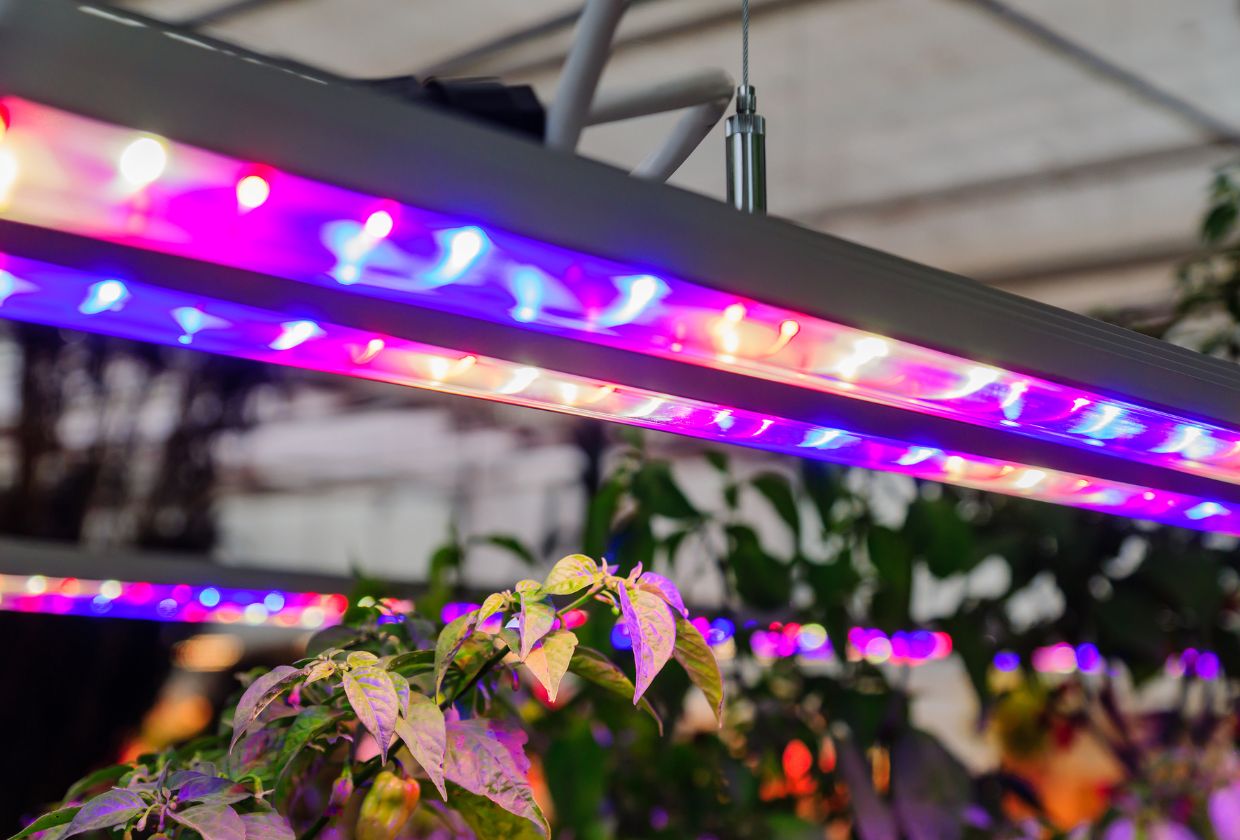

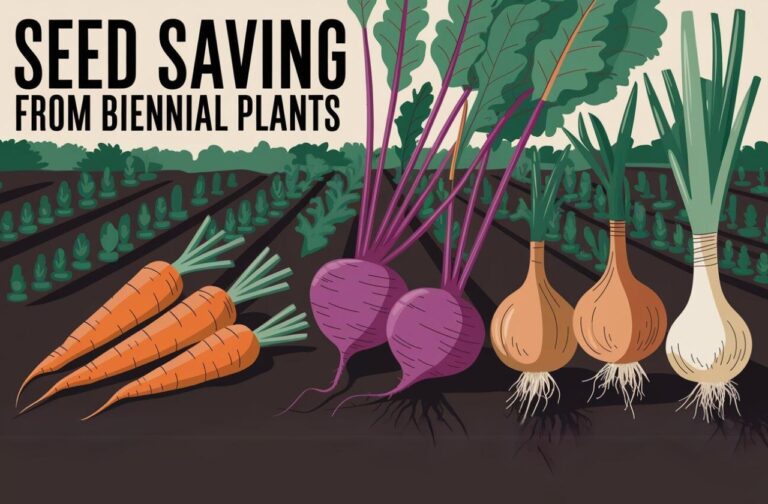

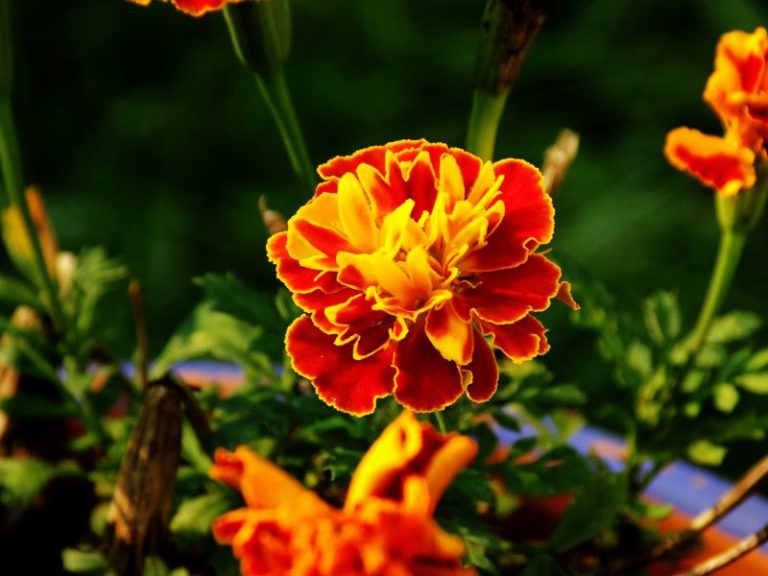
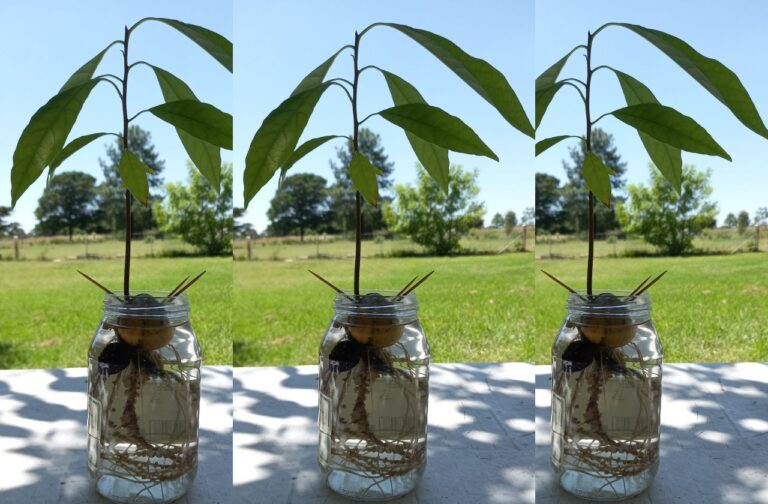
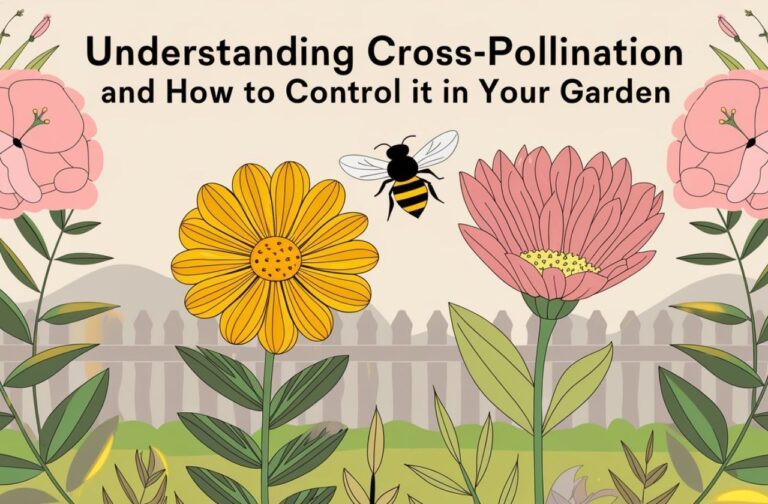
3 Comments